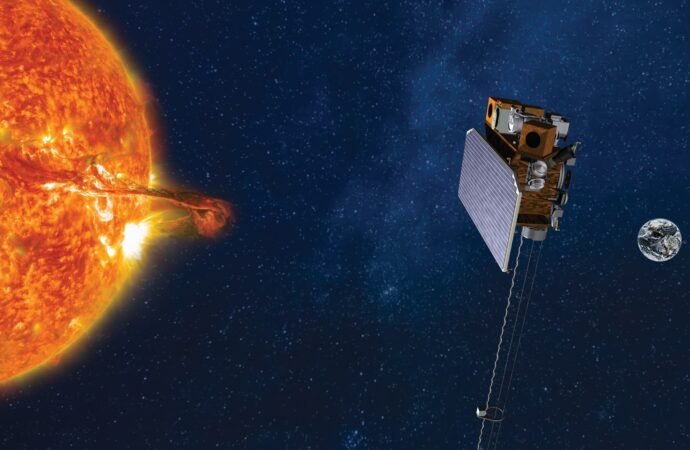NASA announced launch coverage this month for three new space-weather missions slated to lift on a SpaceX Falcon 9, a focused campaign that reflects U.S. priorities in protecting critical infrastructure (power grids, satellites, communications) from solar storms and charged-particle events that can cascade into economic and safety risks on Earth; the missions part of a
NASA announced launch coverage this month for three new space-weather missions slated to lift on a SpaceX Falcon 9, a focused campaign that reflects U.S. priorities in protecting critical infrastructure (power grids, satellites, communications) from solar storms and charged-particle events that can cascade into economic and safety risks on Earth; the missions part of a broader investment in space-weather monitoring will carry instruments to characterize the near-Earth energetic environment, map the heliospheric conditions that seed geomagnetic storms, and refine models to give operators more reliable lead time to safeguard satellites and terrestrial grid assets.

For an older readership, the practical import is easy to appreciate: much like weather forecasts allow communities to prepare for storms and flooding, improved space-weather forecasts can reduce the likelihood of extended power outages, navigation errors, and degraded communications, which disproportionately affect seniors who depend on continuous medical support and stable services. NASA has coordinated broad observatory and ground-based partnerships to glue these data into operational forecasting pipelines, and the missions’ early results are expected to strengthen the science-to-operations pathway turning high-fidelity measurements into actionable warnings for utilities, airlines, emergency managers, and satellite operators. The targeted launch window (late September) and the availability of real-time coverage on platforms like NASA+ underscore how transparently the agency is placing scientific missions into service-oriented roles, delivering fundamental science while emphasizing immediate societal resilience.

















Leave a Comment
Your email address will not be published. Required fields are marked with *